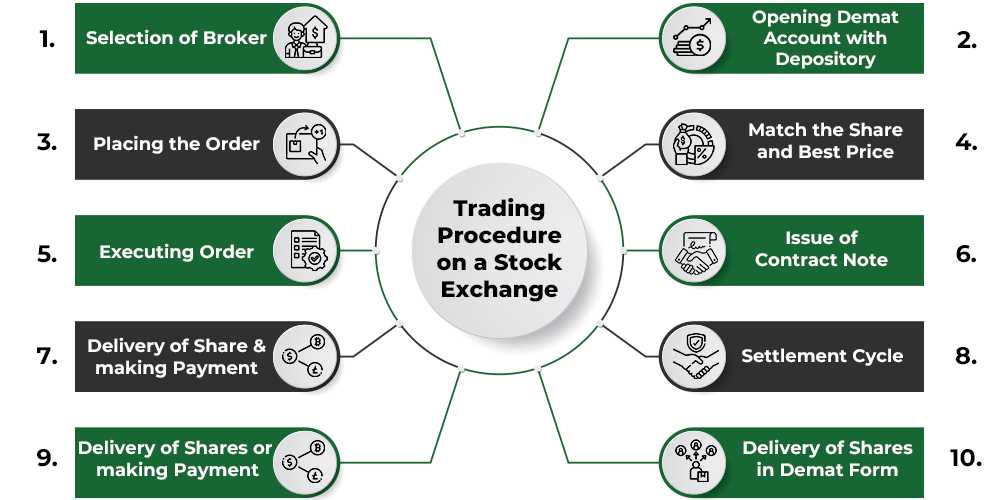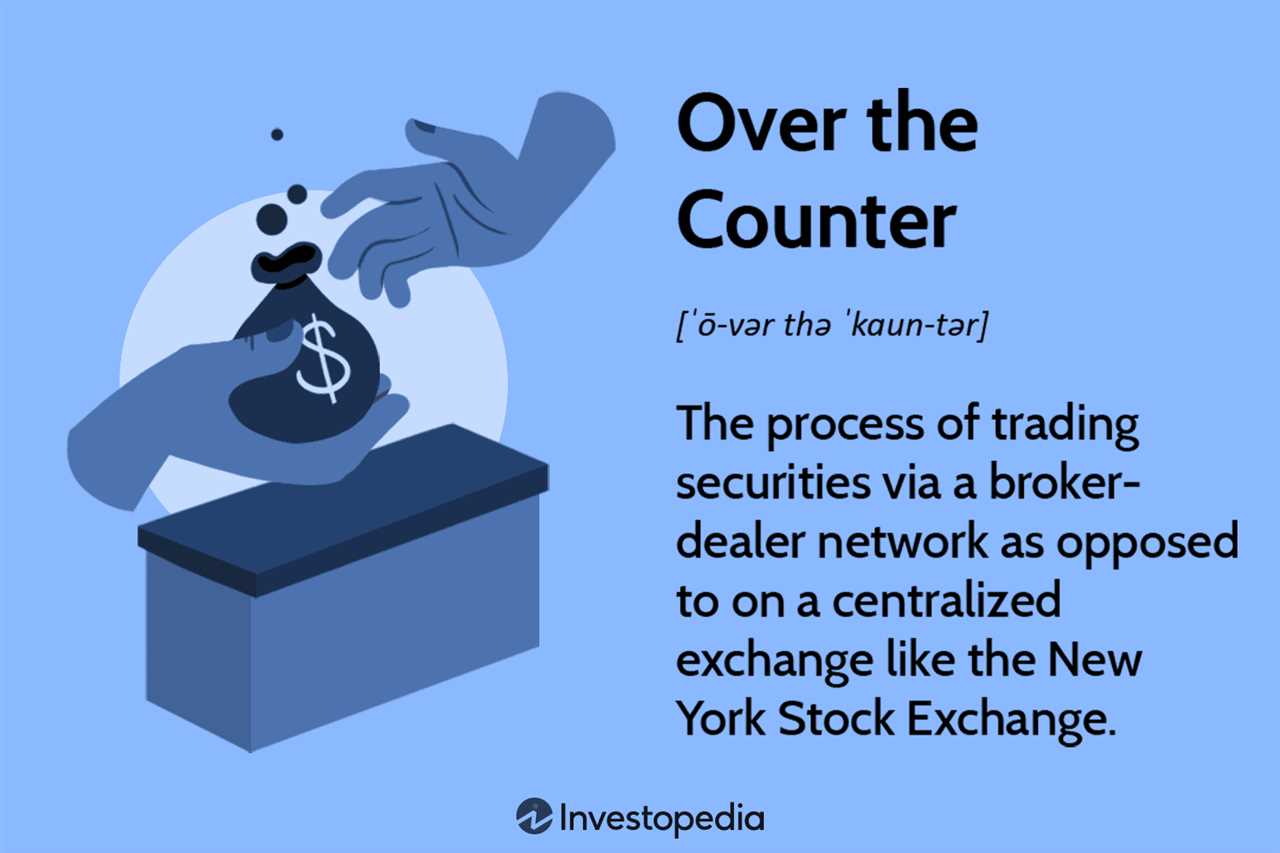Open Trade Equity (OTE) Definition

Open Trade Equity (OTE) refers to the unrealized profit or loss on an open trade position. It represents the potential gain or loss that a trader would realize if they were to close the trade at the current market price.
OTE is calculated by taking the difference between the current market value of the open trade position and its initial cost or entry price. If the market value is higher than the entry price, the OTE is positive, indicating a potential profit. Conversely, if the market value is lower than the entry price, the OTE is negative, indicating a potential loss.
OTE is an important metric for traders as it provides insight into the profitability of their open positions. It allows traders to assess the potential risk and reward of their trades and make informed decisions about when to exit a position.
For example, if a trader buys a stock at $50 per share and the current market price is $60 per share, the OTE would be $10 per share. If the trader were to close the trade at the current market price, they would realize a $10 per share profit.
OTE can be calculated for various types of financial instruments, including stocks, options, futures, and forex. It is an essential concept in trading and is often used in risk management and portfolio analysis.
| Key Points |
|---|
| OTE represents the unrealized profit or loss on an open trade position. |
| OTE is calculated by taking the difference between the current market value and the entry price. |
| A positive OTE indicates a potential profit, while a negative OTE indicates a potential loss. |
| OTE is used by traders to assess the profitability and risk of their open positions. |
| OTE can be calculated for various financial instruments. |
What is Open Trade Equity?
Open Trade Equity (OTE) is a term used in trading to refer to the unrealized profit or loss on an open position. It represents the potential gain or loss that a trader would realize if they were to close the position at the current market price.
OTE is calculated by taking the difference between the current market price of an asset and the price at which the position was opened. If the current market price is higher than the opening price, the OTE would be a positive value, indicating a potential profit. Conversely, if the current market price is lower than the opening price, the OTE would be a negative value, indicating a potential loss.
It is important to note that OTE is not a realized profit or loss, as it only represents the potential gain or loss if the position were to be closed at the current market price. The actual profit or loss would be realized only when the position is closed.
Overall, Open Trade Equity is a key concept in trading that helps traders assess the potential profitability of their open positions and make informed decisions based on market conditions.
Uses and Examples of Open Trade Equity
1. Assessing Profitability
OTE allows traders to assess the profitability of their open positions. By calculating the OTE, traders can determine whether their trades are currently in profit or loss. This information is vital for making timely decisions, such as closing a position to secure profits or cutting losses.
2. Setting Stop Loss and Take Profit Levels

OTE can also be used to set stop loss and take profit levels. Traders can analyze the OTE to determine the potential profit or loss they are willing to accept before closing a position. By setting appropriate stop loss and take profit levels based on the OTE, traders can manage their risk and protect their capital.
3. Monitoring Trade Performance
OTE is a useful metric for monitoring the performance of trades over time. By tracking the OTE of open positions, traders can evaluate the effectiveness of their trading strategies and make necessary adjustments. This helps traders identify patterns and trends, enabling them to refine their approach and improve their overall trading performance.
4. Risk Management
OTE plays a crucial role in risk management. By regularly monitoring the OTE of open positions, traders can identify potential risks and take appropriate actions. For example, if the OTE of a position is rapidly decreasing, it may indicate a potential loss. Traders can then implement risk mitigation strategies, such as adjusting stop loss levels or closing the position entirely.

Emily Bibb simplifies finance through bestselling books and articles, bridging complex concepts for everyday understanding. Engaging audiences via social media, she shares insights for financial success. Active in seminars and philanthropy, Bibb aims to create a more financially informed society, driven by her passion for empowering others.
